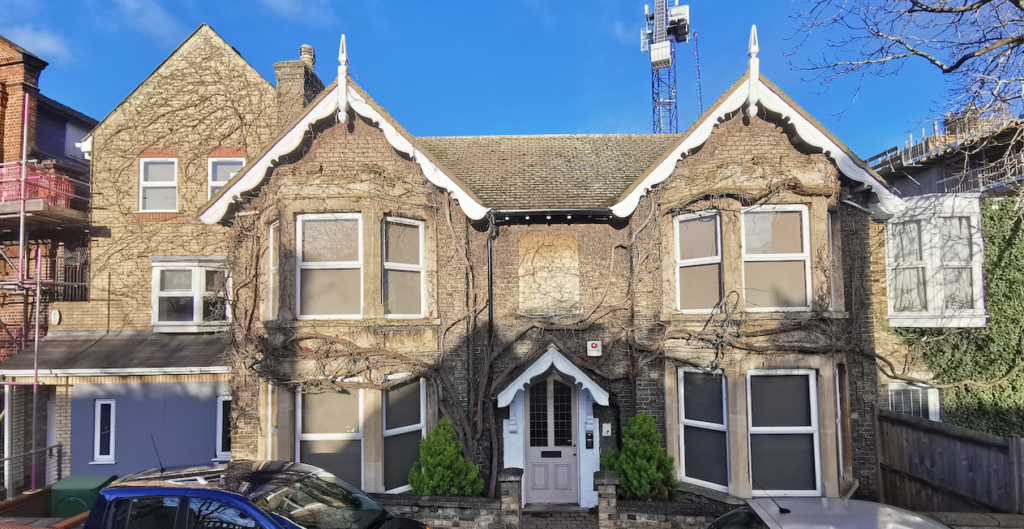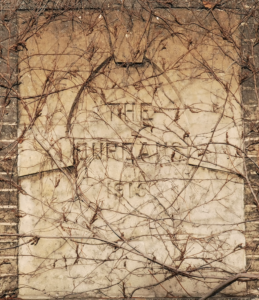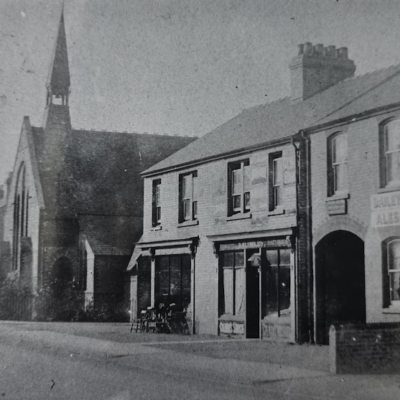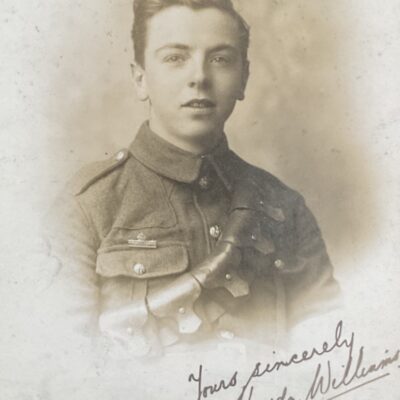Search by topic
- archaeology
- Building of Local Interest
- charity
- church
- crime
- dressmaker
- fire
- Great Eastern Railway
- Listed building
- Mapping Relief
- medieval
- oral history
- poverty
- Public House
- Rattee & Kett
- Religious House
- Roman
- scholar
- school
- Then and Now
- tudor
- women
- work
- world war one
- world war two
Search by text
 119 and 121 Mill Road
119 and 121 Mill Road121 (46) Mill Road, The Limes
History of 121 Mill Road
Royal Commission Survey of Cambridge 1959
..is dated 1846 on a stone panel in the S gable end. It is of some interest as an early example of the lofty, irregularly-planned house of indeterminate Gothic inspiration that was soon to appear in great numbers suburban development in most parts of the country.
Proceedings of the Cambridge Antiquarian Society, vol CIX for 2020
Cambridge, Mill Road Depot, OS grid ref: TL4641 5794 (Pre-Construct Archaeology Report 13884)
Archaeological evaluation revealed a series of late 19th and early 20th century walls, including a coal cellar and possible fire place. Historic mapping confirms that these are parts of the remains of ‘The Limes’, a villa built in the mid 19th century for the Headly brothers who owned the Eagle Foundry in the northern part of the site. The villa was demolished in the early 1960s.
Census and Street Directories
1861 (46)
James Headley, 47, civil engineer empl. 34 and 4 boys, b Cambridge
1871 The Limes
James Headley, engineer manager of coprolite, b Cambridge
1881 The Limes
James Headley, engineer and merchant, 67, b Cambridge
1891 The Limes
Algernon H Lyon, 36, solicitor, b Cambridge
1901
Henry A G Sherlock, District Engineer GER, b Worcester
1913
H A G Sherlock
1915
1962
(121b) The Cambridge Artificial Stone Company
(121a) A J Nunn, builders
Contribute
Do you have any information about the people or places in this article? If so, then please let us know using the Contact page or by emailing capturingcambridge@
License
This work is licensed under CC BY-NC-SA 4.0









